THE EARLY 18th CENTURY. A plough scores its way through the earth. Farmhand Ralph stops his horse to rest, turns around and takes a look at his work. He notices a cluster of pigeons gathering around a newly-formed furrow. Moving in closer, he sees feathers scattered around the soil. Then, nudging aside a stone, he discovers a tuft of lack fur, an oddly-formed skull, and a staring eye.
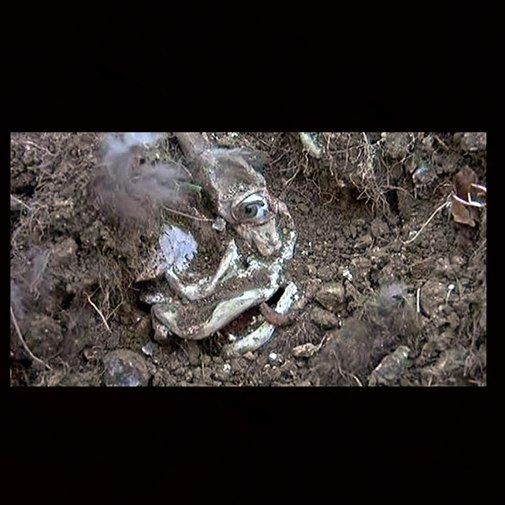
The ‘fiend’s’ staring eye in Blood on Satan’s Claw
Ralph runs away.
The opening titles roll to Marc Wilkinson’s lyrical score. Woodwinds weave a romantic folk melody. In the background, staccato tympani strikes mischievous notes as though depicting some creature hopping around in the undergrowth. A raven perches below a lowering sky. Twigs and ferns curl like claws, their seeds quivering in the breeze.
Blood on Satan’s Claw, directed by Piers Haggard in 1971, had the misfortune to be released in a period when the British horror film had begun to degenerate into gratuitous sex and dismal youth-oriented gimmicks. But, despite the association, Blood on Satan’s Claw is an outlier in the history of British film, a true inheritor of Danish filmmaker Benjamin Christensen’s celebrated Haxan (1922) in its attention to art history, visual composition, and a total abandonment to the full scope of nightmarish imagination.
Screenwriter Robert Wynne-Simmons, who had an interest in William Blake’s visionary writings as well as Irish folklore, worked closely with director Haggard on the many startling visual sequences.
The skull unearthed in the opening sequence belongs to a ‘fiend’ who, with the help of village children, is slowly reconstituting itself using patches of fur which have been growing on the skin of the villagers.
A local doctor (Howard Goorney) opens a book of ancient lore about witches. He shows an illustration to a visiting nobleman, ‘The Judge’ (Patrick Wymark), saying the visage in question is very similar to the skull described by Ralph.
“Doctor,” the Judge snaps. “Witchcraft is dead and discredited. Are you intent on reviving forgotten horrors?”
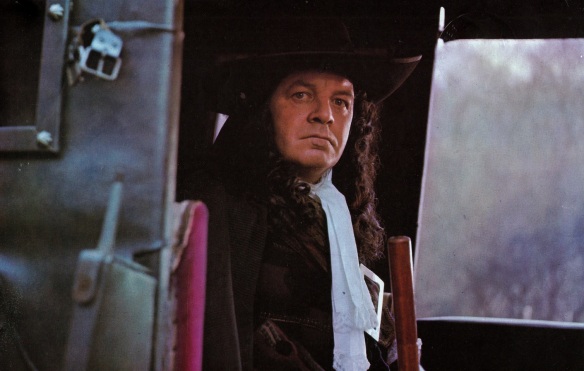
Urban Enlightenment: Patrick Wymark as ‘The Judge’
“How can we know, Sir, what is dead?” The doctor retorts. “You come from the city. you cannot know the ways of the country.”

Rural wisdom: the doctor (Howard Goorney)
Cinema goers in the early 1970s would have been used to Hammer Films’s systematized approach to horror in which a satanically evil character was often pitted against a hero wielding Christian icons like a crucifix or holy water. A threat such as a vampire came complete with an already-established FIFA-style rule book about the extent of its powers and the means of its destruction.
In Blood from Satan’s Claw a more obscure battle rages. This fight is not between conventional ‘good’ and ‘evil’ but between the Enlightenment, personified by the urban Judge on the one hand, and darker primeval forces characterized by the doctor and villagers on the other. It is the Judge himself who, after a series of tragedies and murders, finally determines that there is indeed an evil which must be purged. The dream-like climax sees him impale the almost complete ‘fiend’ with a decidedly medieval-looking spike which he then holds high above the fire within the church ruins before lowering it onto the sizzling flames.
As the end titles roll the Judge’s eye is seen through briefly parting flames, an image that clearly recalls our first glimpse of the fiend’s eye staring up from the furrows. Is the Judge an Enlightenment equivalent of the fiend he has vanquished? This would certainly seem to be the implication. But ultimately, like Haxan, the story bypasses the intellect and appeals to the senses and the imagination. The interior sets have more than a hint of the Dutch masters, with their autumnal hues and attention to domestic arrangements such as pots, wicker bird cages, and hanging herbs. The exteriors, captured by cinematographer Dick Bush, are gorgeous and bucolic, an ironic counterpoint to the children led by ‘Angel’ (Linda Hayden) who play murderous games while serving their dark master.
THE FORCES OF DARKNESS and light in the English countryside received a more obviously cerebral treatment three years later in the television film Penda’s Fen (1974) written by David Rudkin and directed by Alan Clarke.

BBC Poster for Penda’s Fen 1974
Nearing his eighteenth birthday, Stephen (Spenser Banks), an earnest young vicar’s son, pens an effusive tribute to Edward Elgar’s opera The Dream of Gerontius, the tale of a man led by an angel to the throne where he will confront the “piercing glance of God”.
The music, writes Stephen, attempts to capture the “fearful dissonance” of looking upon the face of the Creator and also the moments of worrisome self-judgement that lead up this climatic event.
An intensely patriotic young man, Stephen reacts angrily against a bohemian neighbour, a playwright (Ian Hogg), who disparages the “psychopaths” who wield the real power behind British politicians. Stephen rails (to his parents) that the playwright is “unnatural” — his plays always have “someone unnatural” in them — and this is why the the writer and his wife have not been blessed with children.
The parents look at each other with weary resignation. Their son, they realize, has very little self-awareness. They have seen the way he looks longingly at the young milkman who comes to the door in his t-shirt.
Assailed by dreams in which an angel hovers over his shoulder by day and a demon sits on his chest at night, Stephen also dreams he can turn a demon perching on his father’s church spire back into an angel. A church’s spire, according to his father (John Atkinson), can act like an aerial to forces of both good and evil because it presents the “Manichean challenge” — the struggle of forces of light not to be overwhelmed by darkness.
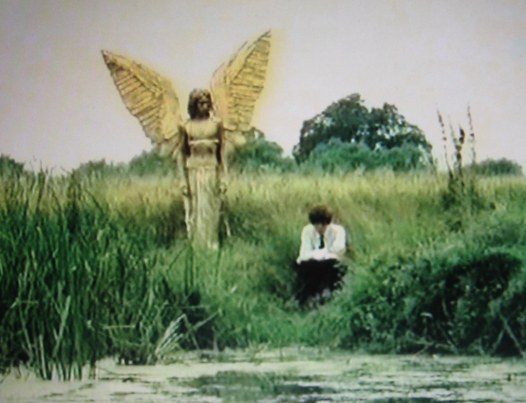
Vicar’s son, Stephen, and angel in Penda’s Fen
Stephen’s own notions of darkness and light are rigidly conventional. In a speech before the class he harangues his classmates about the dangers of a ‘subversive’ tv documentary Who was Jesus? and praises a couple he calls “the mother and father of England” who were successful in their injunction to have the programme banned.
But Stephen’s worldview is about to be challenged not only by his own burgeoning sexuality but also by the discovery that his father’s opinions are far more radical than he thought. On a bookshelf he finds his father’s old thesis, The Buried Jesus, which mourns that fact that the “name of this life-enhancing, revolutionary Jesus should be dangled like a halo over a sick culture centered on authority and death.”
His father later explains that to live in the world you must be “two selves” the one who needs to survive and must play along with authority, and also the real self. His view of Christianity is similar. There is the “life enhancing” Jesus but there are also the “institution men” — like Paul and Augustine — who degraded the Christian message.
The Penda’s Fen of the title is the ancient name for Stephen’s village, Pinvin. Penda was the pre-Christian king and throughout the film there is a sense that the surrounding institutions — the Anglican church, Stephen’s military-style private school, the various levels of government — are interlopers in a land still haunted by ancient tradition.
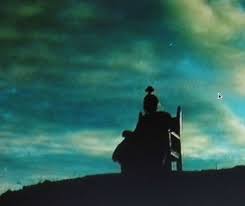
The spirit of King Penda, Penda’s Fen
For such a richly-layered film, Penda’s Fen also conveys a sense that the landscape is very much alive — in the Shropshire vistas, and in the beautiful sunsets, especially in the scene in which Stephen’s father suggests that the spirit of Penda still lives in the hills that surround them.
Time has been good to both Blood from Satan’s Claw and Penda’s Fen. Both works explore particular kinds of disquiet and ambiguity, and above all, a sense of unpredictability and agency in our natural surroundings.
Malignant Nature I: Daphne du Maurier and Alfred Hitchcock’s The Birds.
Paul Butler is the author of the upcoming Mina’s Child and The Widow’s Fire
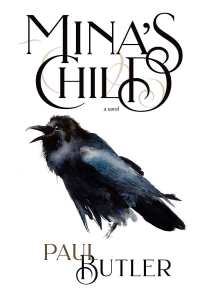

I look forward to reading your new books.
These sound fascinating, and quite tempting… that’s slightly worrying, given the subject matter!
Thanks, Cath. They are both very easy to find. Penda’s Fen is very rich and challenging. Blood on Satan’s Claw is great fun and different but very much horror.